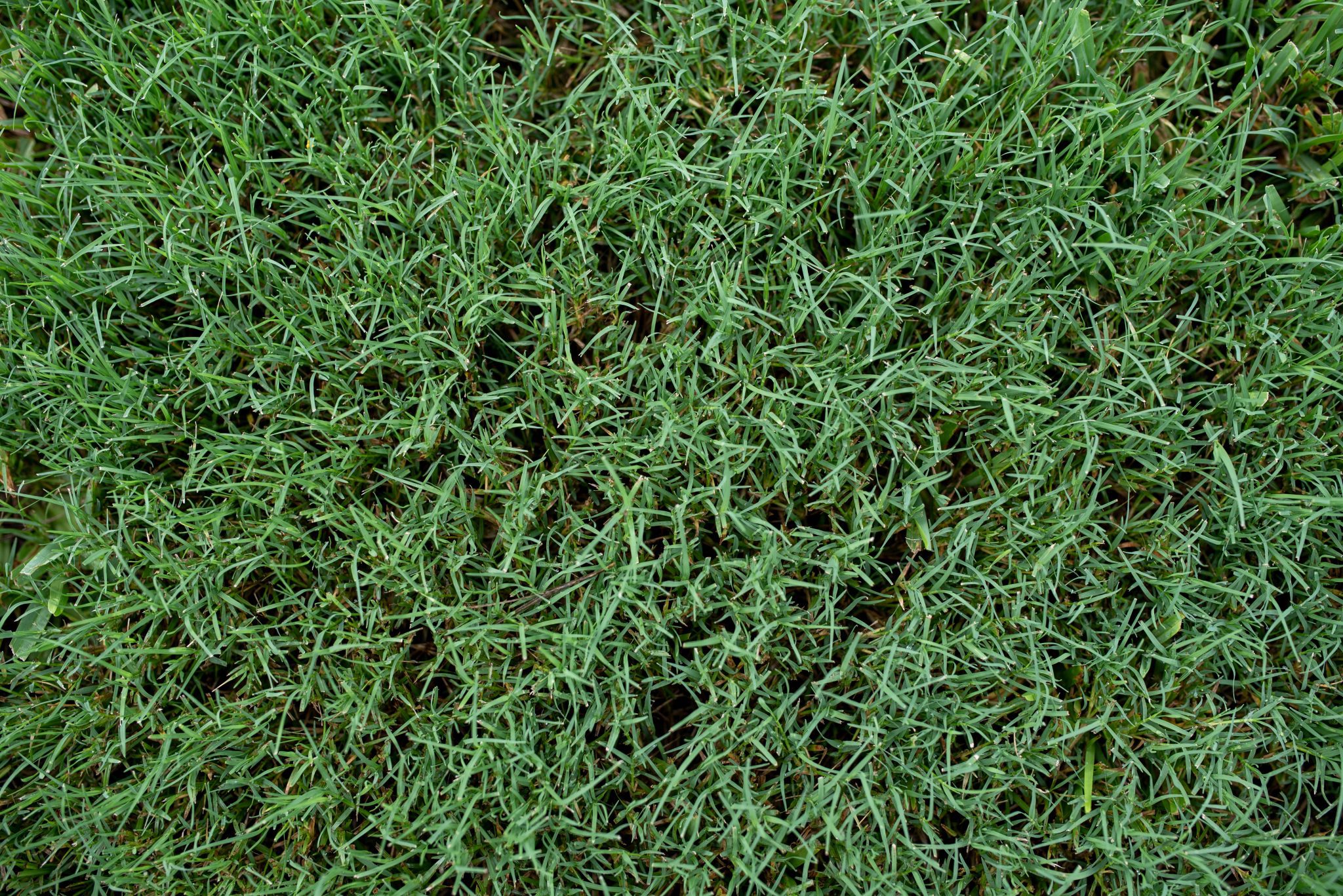Lawn & Garden

AUBURN UNIVERSITY, Ala. – Lawn fever is spreading rapidly across the Southeast. Symptoms may include numerous trips to the garden store, turning into your parents and even holding a friendly grudge toward neighbors with the best-looking turf. The best-known cure to this illness is the scientific knowledge and expertise of the Alabama Cooperative Extension System. This article is part one of a three-part series highlighting three of the most popular turfgrass species in the Southeast. An Alabama Extension expert outlines all aspects of bermudagrass, including care tips and what to look for while growing the perfect lawn.
Bermudagrass
According to Alabama Extension Commercial Horticulture Regional Agent David Lawrence, bermudagrass is the most widely planted turf in Alabama.
“Bermudagrass is known for its ability to withstand a wide range of soil types and environmental conditions, which is why it can be easily found throughout the entire state,” Lawrence said.
This species’ resilience to many different environments makes it a popular choice for residential areas and most backyard soil types. It is also capable of thriving in hot climates while combatting diseases. For athletic fields and golf courses, bermudagrass is considered the preferable turf species because of its growing habits and ability to withstand traffic.
In the winter, this grass goes dormant–allowing for the overseeding of a perennial cool-season species. Once the cool-season grass reaches its temperature limits in late spring, chemical removal of the species allows bermudagrass to replace it for summer. This method allows for a green lawn no matter the season.
Varieties
Lawrence said there are several varieties of bermudagrass available for purchase. The most common variety, Tifway 419, is found on home lawns, athletic fields and golf courses. Tifway is considered a hybrid bermudagrass, which is only available for purchase by sod or sprigs.
Vegetatively propagated species (grown from parent plants) include TiffGrand, TiffTuff and Celebration bermudagrass. Others that are available in seed form are Riviera, Sahara and Princess 77, which are all commonly used in Alabama.
Turf Treatment
Before any lawn or garden can prosper, a soil test should be conducted to establish a starting point for nutrient application. These tests by the Auburn University Soil, Forage and Water Testing Laboratory provide readings of essential soil nutrients such as nitrogen, phosphorous and potassium, as well as other elements. The analysis also provides an alkalinity (acidity) reading using the pH scale.
“Soil tests should be conducted to determine the appropriate amount of nutrients needed,” Lawrence said. “Generally, bermudagrass should receive 2 to 4 pounds of nitrogen annually per 1,000 square feet. Fertilizer applications should be split also. Do not apply more than 1 pound of nitrogen per 1,000 square feet per application.”
Although it is not known for getting turf diseases, bermudagrass can develop them when conditions are favorable. Known diseases for this species include dollar spot, fairy ring and spring dead spot. An effective practice for treating lawn diseases is timely fungicide applications. Regular treatments using liquid or granular application can prevent or cure infected lawns.
Bermudagrass should also receive a recommended 1 to 1.25 inches of water on a recurring basis every week. Rainfall can be an unreliable source of consistent moisture, so apply water via irrigation or sprinklers as needed. If persistent drought conditions exist, bermudagrass may need more than the allotted weekly watering. If water begins to run off the lawn’s surface, stop watering. Use rain gauges in strategic locations as a tool for measuring water output among different areas of a lawn or athletic field.
Mowing
According to Lawrence, bermudagrass can tolerate a wide range of mowing heights.
“Intensely maintained bermudagrass turf can tolerate mowing heights less than half an inch when using a reel mower,” Lawrence said. “For most home-lawn settings, bermudagrass should be maintained at a height of 1.5 to 2.5 inches and mowed at least once per week.”
He adds that if lower mowing heights are preferred, commit to mowing more frequently to prevent scalping. This occurs when the grass blades are trimmed too low–revealing the brownish base of the blade and an unsightly appearance.
A Block Party
The heat is on, and warm season grasses are entering peak growing periods. Make sure that your lawn is maintained properly. Share this information with everyone on your block so that neighborhoods and landscape features appear pristine for everyone to enjoy. For more science-based recommendations on bermudagrass and other lawn grass species, visit the Alabama Extension website, www.aces.edu, and search for your lawn species.

